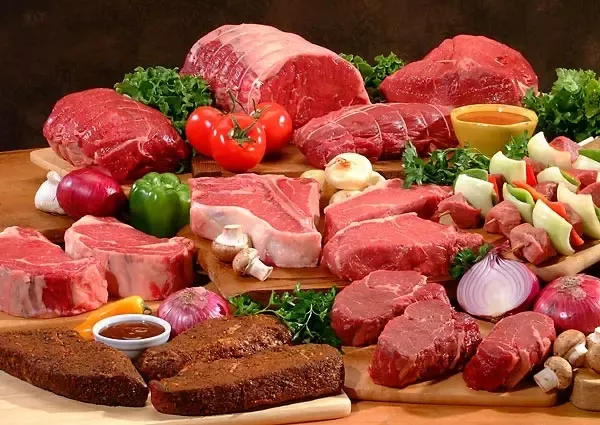
As the world rushes to become more sustainable, several companies have emerged leading a way towards a better way to consume meat, thats healthier and more environmentally friendly. PTN recently had the opportunity to interview Steakholder Foods, a company working on a better, healthier and more sustainable alternative to the traditional animal based meat industry, here are the questions:
Where was the idea for this company born?
Steakholder Foods is a deep-tech food company that is revolutionizing the food industry by developing industrial solutions that mimic nature. Established in 2019 as MeaTech 3D Ltd., the company is headquartered in Rehovot, Israel, and is listed on the Nasdaq Capital Market under the ticker “STKH” (formerly MITC). Our mission is to be the world’s leading cultivated meat printer supplier by selling 3D bio-printers and bio-inks, and developing delicious, nutritious, safe, and consistent meat from ethically harvested cells.
Our founders, Arik Kaufman and Yaron Kaiser, had a lightbulb moment in 2019. Arik was having lunch at a hamburger place and tasted a plant-based meat substitute burger that was trying to impersonate a real hamburger. It was awful, and that’s when he realized that the meat industry is ripe for a shakeup. People want to eat meat, but they also understand the sacrifices involved, such as food security, climate change, and animal welfare. This explains the rising popularity of alternative protein products, particularly those trying to mimic meat. Arik shared his idea with his law partner, Yaron, who also saw the potential. They approached Sharon Fima, who has top-of-the-line expertise in 3D printing, and asked him if he could 3D print meat. And thus, Steakholder Foods was born.
What exactly is lab grown meat & is it cruel in the sense that the stem cells are extracted from animals in the first case?
Cultivated meat is like real meat, yet it differs from meat that comes from slaughtered farm animals because it is grown in a controlled laboratory. Meat cultivation begins with the collection of stem cells from living tissue, without harming the animals (This process is administered in the most humane way possible, in order to minimize the animal’s discomfort), which are then cultivated via growth media. Enriched with growth factors, the growth media formulation mimics the animal’s biological system, allowing the cells to develop as they would normally do in natural conditions.
Can it be called meat free even if it’s made from the stem cells of animals?
Regulators still haven’t decided on terminology, but, Cultivated meat is like real meat, yet it differs from meat that comes from slaughtered farm animals because it is grown in a controlled laboratory.
Where do you see lab grown meat in 3-5years?
In the next 3-5 years, we anticipate cultivated (lab-grown) meat to become increasingly accessible and integrated into the mainstream food market. We expect to see significant advancements in production scalability, cost reduction, and taste refinement. While first products to enter the market will be ground products (like hamburgers) we expect consumers to push for sophisticated structured meat (like steaks) the can be produced with Steakholder Foods 3D bio-printers. Cultivated meat has the potential to become a viable alternative to conventional meat, addressing sustainability concerns and meeting the growing demand for ethical and environmentally friendly food options.
What do you consider to be your signature dish?
As a technology provider in the cultivated meat industry, our focus is primarily on developing and supplying the 3D bio printers and customized bio-inks that enable meat producers to create their own signature meat products. We recently showcased the first 3D printed cultivated fish.
Why do we need lab Grown meat when there are so many meat replacement products out there? Is the market saturated?
While meat replacement products have made significant strides in recent years, cultivated meat offers distinct advantages. cultivated meat has the potential to provide an authentic meat-eating experience with the same taste, texture, and nutritional composition as conventional meat. It eliminates the need for animal slaughter and reduces the environmental impact associated with traditional meat production. While the market for meat replacement products has grown, there is still a significant opportunity for cultivated meat to meet the demand for sustainable and ethically produced meat alternatives.
What have been the biggest challenges along your journey?
How do you plan to make lab grown meat more mainstream I.e. have a prominent place on restaurant menus, feature widely in supermarkets etc
Are you based in the US only or do you have an international market? If not, what is the plan to be international?
We are mainly focused on the US market and Asia.
In terms of protein content, and other nutrients, how does lab grown meat compare gram from gram to “traditional meat”?
We recently demonstrated the same nutritional value as beef in our cultivated meat – analyzing our cultivated muscle cells and demonstrating the same amino acid profile as found in beef.
Many thanks to Steakholder Foods for this interview,
Questions by Shrina Karia
